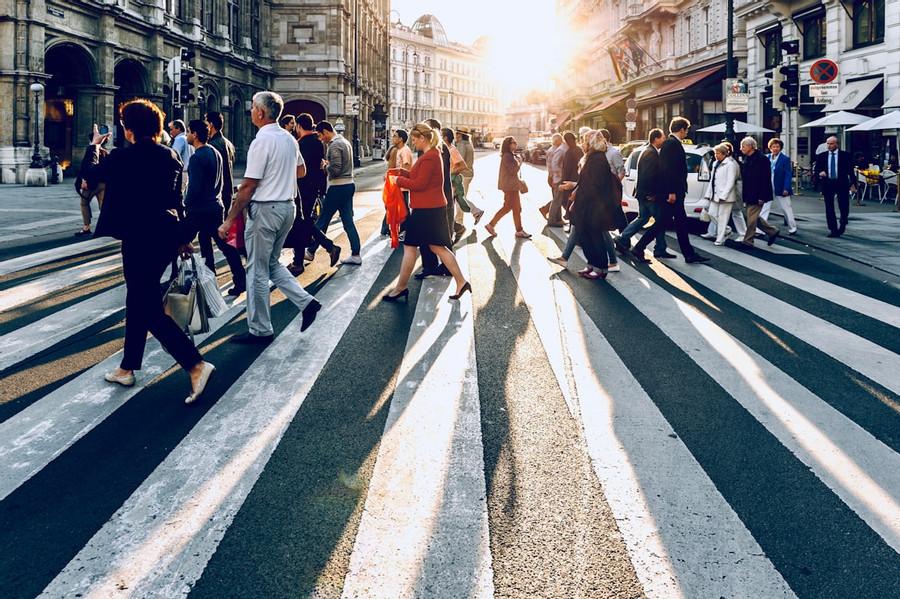Grown Ups and Coffee
By 1988 only 50 percent of the adult American population drank coffee. In 1962, average coffee consumption was 3.12 cups per day; by 1991 had dropped to 1.75 cups per day.
At the onset of the 1980s, coffee growers and retailers realized that the current 20-29-year-old generation had little interest in coffee, which they associated with their parents and grandparents.
80
826 reads
CURATED FROM
IDEAS CURATED BY
The idea is part of this collection:
Learn more about health with this collection
The role of coffee in social interactions
Different types of coffee and their preparation
The impact of coffee on society and economy
Related collections
Read & Learn
20x Faster
without
deepstash
with
deepstash
with
deepstash
Personalized microlearning
—
100+ Learning Journeys
—
Access to 200,000+ ideas
—
Access to the mobile app
—
Unlimited idea saving
—
—
Unlimited history
—
—
Unlimited listening to ideas
—
—
Downloading & offline access
—
—
Supercharge your mind with one idea per day
Enter your email and spend 1 minute every day to learn something new.
I agree to receive email updates
